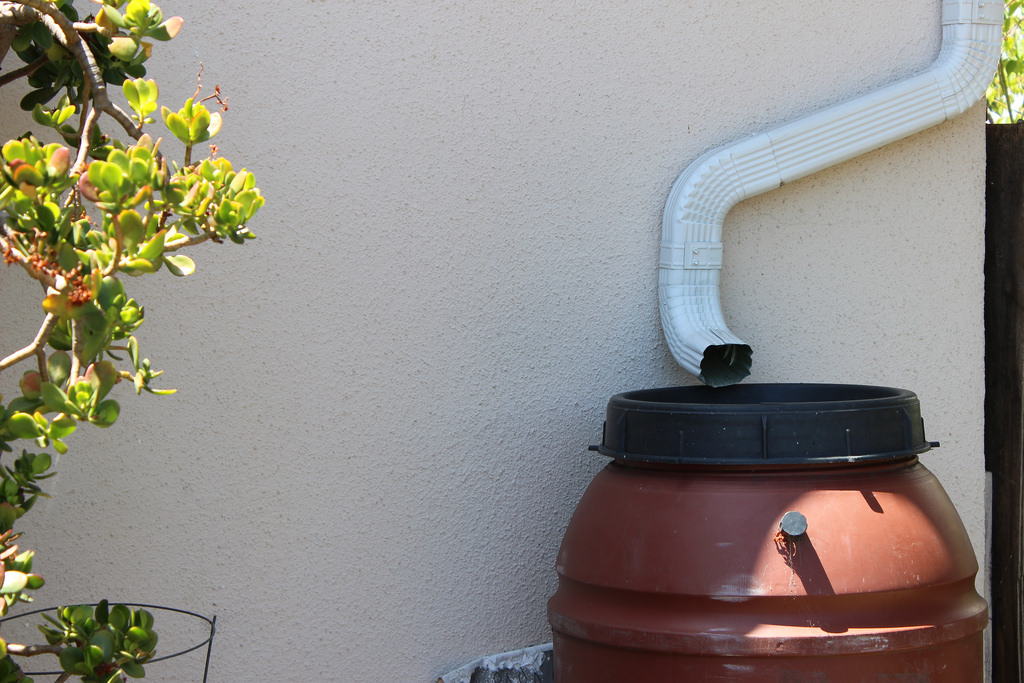At the end of May, the U.S. Army Corps of Engineers decided to recommend approval for a $1 billion proposal to restore an 11-mile stretch of the Los Angeles River. According to the Los Angeles Times, the plan, which is supported by Mayor Eric Garcetti and a number of elected officials and advocacy groups – TreePeople included – “will restore habitat, widen the river, create wetlands, and provide access points and bike trails” along a portion of the river that runs north of downtown, through Elysian Park.
Right now, much of the river flows through concrete corridors designed to control flooding. While useful for water control, the process of channelizing the river diminished surrounding streams, wetlands, and swamps, negatively impacting the river’s sustainability as a wildlife habitat. This project seeks to reverse some of that damage, and we at TreePeople are thrilled to support it!
Still, it’s important to remember that creating a healthy river starts upstream: while it’s crucial to restore the river itself to its natural state, it’s equally important that we take measures to implement filtration systems even far away from its banks. Right now, every time it rains, any water that hits an impervious surface – think sidewalks, streets, and roofs – runs off into the river, where it flows into the ocean within a few hours, carrying whatever pollutants it picked up along the way. Planting trees and installing permeable pavement and other rainwater filtration systems enables rainwater to be filtered and slowly released into the river in a cleaner form.
On an even larger scale, we can decrease the amount of water we import by limiting our water use and recycling what water we do use. Today, much of the water that flows through the Los Angeles riverbed has been transplanted from the Owens and Colorado rivers as drinking water. Once we use it – in our kitchen taps, our showers, our toilets, our sprinklers – that water flows through our sewer pipes to treatment plants, and from there that effluent is released into the river and flows into the ocean. That’s an enormous quantity of water, and because much of the river is paved, there’s little opportunity for natural filtration. Right now, TreePeople is working on a Stormwater Capture Master Plan with the Los Angeles Department of Water and Power, so that we can determine how we can capture more rain in reservoirs and cisterns and recycle more of the water that people use, diminishing our reliance on imported water and reducing the amount of effluent that we send into the river. And in the meantime, we can work to capture and recycle rain on a smaller scale, by irrigating wisely, redirecting rain from downspouts to thirsty lawns and plant beds, installing cisterns and rain barrels, and more.
The U.S. Army Corps of Engineers’ proposal is without a doubt a watershed decision in the restoration of the Los Angeles River. But creating a healthy river doesn’t stop there: a living river requires a healthy surrounding habitat. And it’s up to us to get it there.

